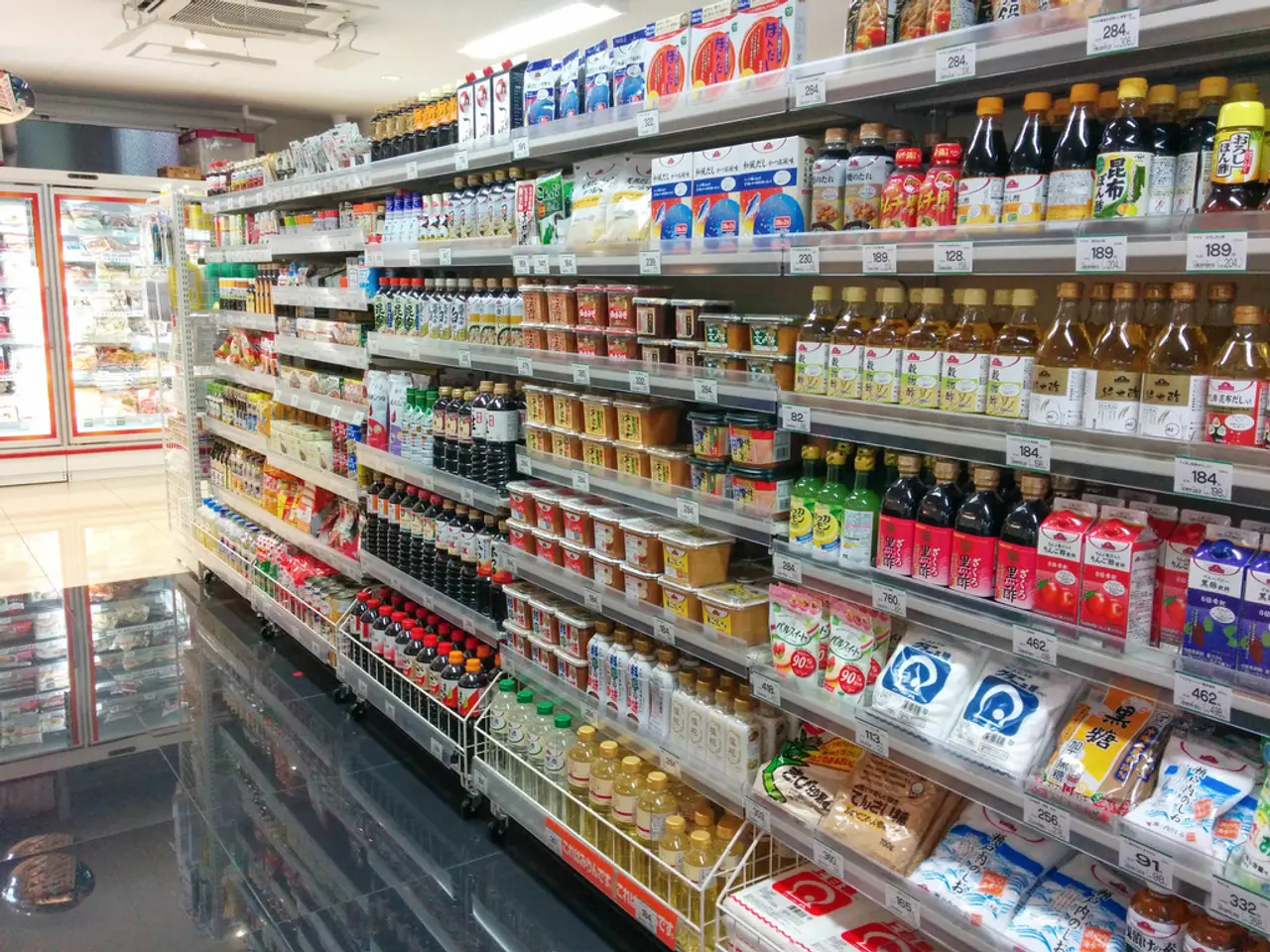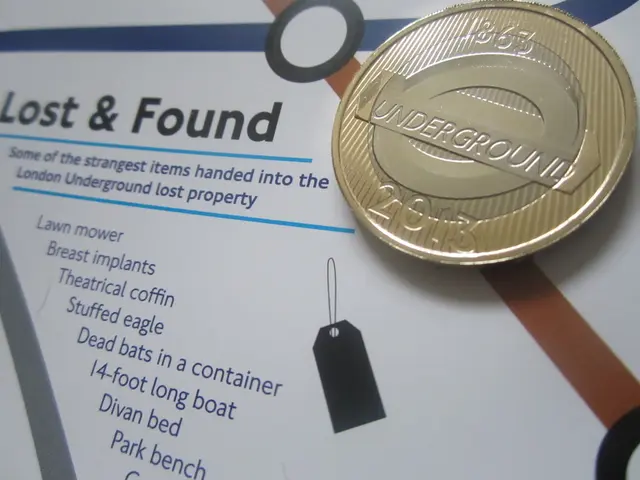Compartmentalization: The New Shield for Fragile Supply Chains
Today's complex supply chains face daunting challenges, from global pandemics to extreme weather events. Traditional, monolithic structures have proven vulnerable. Enter compartmentalization, a strategic approach transforming risk management and response to disruptions.
Compartmentalization divides supply chains into distinct, semi-autonomous segments. This involves mapping current flows, segmenting based on function, geography, or product line, assigning control, and integrating with cross-compartment communication. It's like having separate lockers in a school hallway - each protects individual belongings while maintaining overall organization.
This approach creates natural firewalls between operations. It enhances security, control, and risk management. Companies gain clear ownership boundaries and accountability, improving tracking, measurement, and performance management. Moreover, decision-making authority shifts closer to where issues emerge, enabling rapid response to disruptions. This agility helps navigate uncertainty while maintaining precise oversight of operations.
Compartmentalization is not just a reaction to recent disruptions but a proactive strategy for today's dynamic business environment. By implementing compartmentalized systems, companies can mitigate risks, transform their response to unexpected events, and excel in rapid decision-making.
Read also:
- Industrial robots in China are being installed at a faster rate than in both the United States and the European Union, as the global market for these robots faces a downturn.
- Undeads Games Reaches $30 Million TVL and Gears Up for MMORPG Debut
- Hyundai N affirms transition to hybrid performance-centric models, initiating with Tucson N
- Bank of America reveals investigation into Zelle platform, hints at potential legal action







